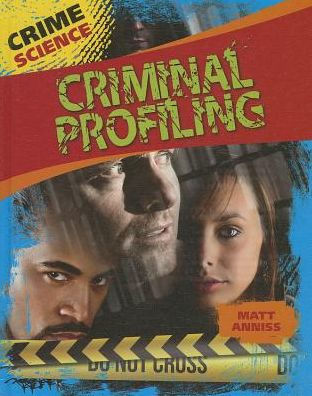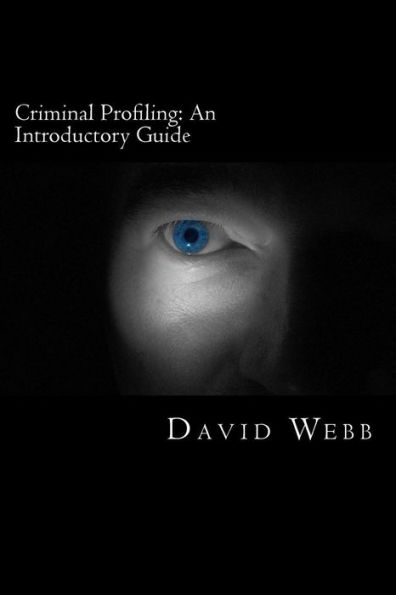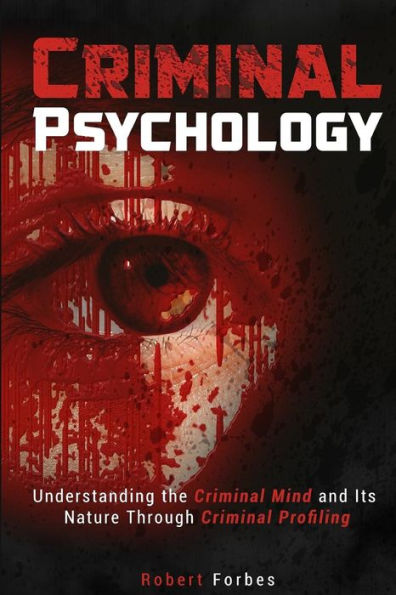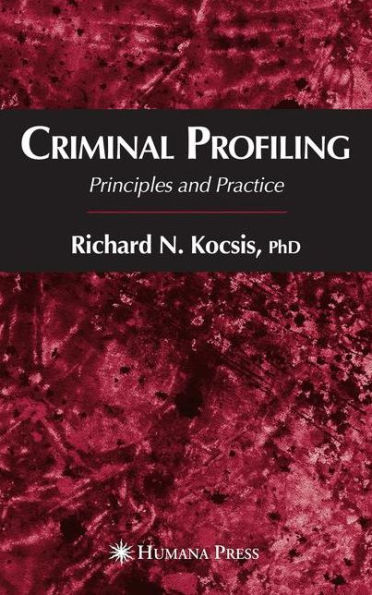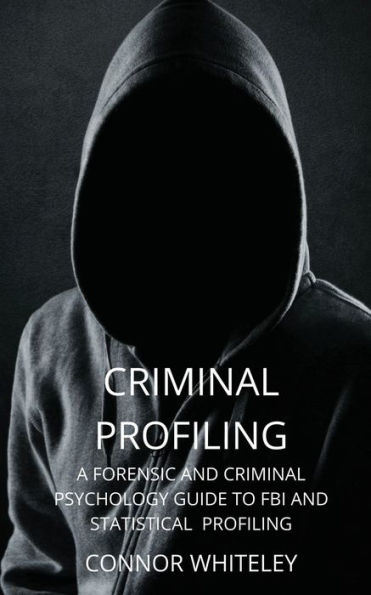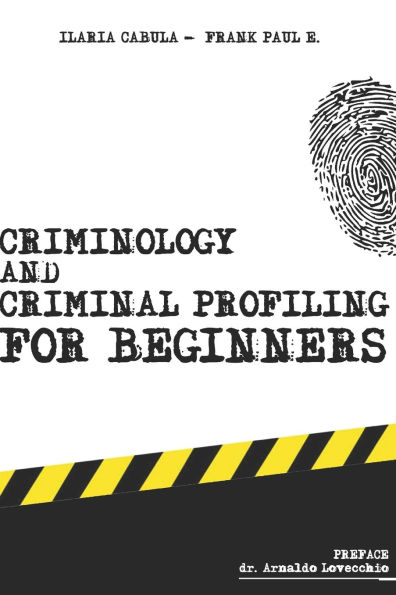Home
A Brief History of Criminal Profiling
Barnes and Noble
Loading Inventory...
A Brief History of Criminal Profiling in Franklin, TN
Current price: $19.95

Barnes and Noble
A Brief History of Criminal Profiling in Franklin, TN
Current price: $19.95
Loading Inventory...
Size: OS
Criminal profiling, sometimes called offender profiling, has been described as a technique based in psychology and utilized in law enforcement whereby the behavior and personality of an offender during a crime or series of crimes is examined and evaluated, in an attempt to infer attributes and characteristics about the probable offender such as their age, gender, sexuality, education, type of employment, general appearance, mentality and aspects of their personality. The totality of these characteristics produce what is commonly called a criminal profile of the unknown subject, commonly called the "unsub." The person or persons who create the profile are sometimes called profilers though the term "profiler" is far less prevalent today.
So, simply speaking, profiling can be described as the identification of specific attributes of an offender committing a particular crime by a thorough and systematic observational process assisted by an analysis of the crime scene, the victim, the forensic evidence, and the known facts of the crime. In the area of science three types of professionals can be engaged in the investigation of criminal behavior; behavioral scientists, social scientists, and forensic scientists. But profiling is not exclusively a science; nor is it an art. In fact, there is still confusion as to the meaning and use of the term "profile". Various agencies use the term to describe different activities. Furthermore, the image of the profiler, as created by popular media such as the motion picture
Hannibal
and television series
Criminal Minds
has so compounded the problem, that this media image has begun to influence some academics about what profiling actually consists of. To add to this confusion there are even different types of profiling and different approaches to profiling. This book will endeavor to demystify the various terms for you. Criminal profiling has been referred to, among other less common terms, as behavioral profiling, crimes scene profiling, offender profiling, psychological profiling and criminal investigative analysis. Some of these terms are interchangeable and some are not. For example, Kocsis, Cooksey, and Irwin (2004), provide their interpretation of criminal psychological profiling. They describe it as a technique used during an investigation whereby crime behaviors are analyzed for identifying possible distinct offender characteristics.
So, simply speaking, profiling can be described as the identification of specific attributes of an offender committing a particular crime by a thorough and systematic observational process assisted by an analysis of the crime scene, the victim, the forensic evidence, and the known facts of the crime. In the area of science three types of professionals can be engaged in the investigation of criminal behavior; behavioral scientists, social scientists, and forensic scientists. But profiling is not exclusively a science; nor is it an art. In fact, there is still confusion as to the meaning and use of the term "profile". Various agencies use the term to describe different activities. Furthermore, the image of the profiler, as created by popular media such as the motion picture
Hannibal
and television series
Criminal Minds
has so compounded the problem, that this media image has begun to influence some academics about what profiling actually consists of. To add to this confusion there are even different types of profiling and different approaches to profiling. This book will endeavor to demystify the various terms for you. Criminal profiling has been referred to, among other less common terms, as behavioral profiling, crimes scene profiling, offender profiling, psychological profiling and criminal investigative analysis. Some of these terms are interchangeable and some are not. For example, Kocsis, Cooksey, and Irwin (2004), provide their interpretation of criminal psychological profiling. They describe it as a technique used during an investigation whereby crime behaviors are analyzed for identifying possible distinct offender characteristics.
Criminal profiling, sometimes called offender profiling, has been described as a technique based in psychology and utilized in law enforcement whereby the behavior and personality of an offender during a crime or series of crimes is examined and evaluated, in an attempt to infer attributes and characteristics about the probable offender such as their age, gender, sexuality, education, type of employment, general appearance, mentality and aspects of their personality. The totality of these characteristics produce what is commonly called a criminal profile of the unknown subject, commonly called the "unsub." The person or persons who create the profile are sometimes called profilers though the term "profiler" is far less prevalent today.
So, simply speaking, profiling can be described as the identification of specific attributes of an offender committing a particular crime by a thorough and systematic observational process assisted by an analysis of the crime scene, the victim, the forensic evidence, and the known facts of the crime. In the area of science three types of professionals can be engaged in the investigation of criminal behavior; behavioral scientists, social scientists, and forensic scientists. But profiling is not exclusively a science; nor is it an art. In fact, there is still confusion as to the meaning and use of the term "profile". Various agencies use the term to describe different activities. Furthermore, the image of the profiler, as created by popular media such as the motion picture
Hannibal
and television series
Criminal Minds
has so compounded the problem, that this media image has begun to influence some academics about what profiling actually consists of. To add to this confusion there are even different types of profiling and different approaches to profiling. This book will endeavor to demystify the various terms for you. Criminal profiling has been referred to, among other less common terms, as behavioral profiling, crimes scene profiling, offender profiling, psychological profiling and criminal investigative analysis. Some of these terms are interchangeable and some are not. For example, Kocsis, Cooksey, and Irwin (2004), provide their interpretation of criminal psychological profiling. They describe it as a technique used during an investigation whereby crime behaviors are analyzed for identifying possible distinct offender characteristics.
So, simply speaking, profiling can be described as the identification of specific attributes of an offender committing a particular crime by a thorough and systematic observational process assisted by an analysis of the crime scene, the victim, the forensic evidence, and the known facts of the crime. In the area of science three types of professionals can be engaged in the investigation of criminal behavior; behavioral scientists, social scientists, and forensic scientists. But profiling is not exclusively a science; nor is it an art. In fact, there is still confusion as to the meaning and use of the term "profile". Various agencies use the term to describe different activities. Furthermore, the image of the profiler, as created by popular media such as the motion picture
Hannibal
and television series
Criminal Minds
has so compounded the problem, that this media image has begun to influence some academics about what profiling actually consists of. To add to this confusion there are even different types of profiling and different approaches to profiling. This book will endeavor to demystify the various terms for you. Criminal profiling has been referred to, among other less common terms, as behavioral profiling, crimes scene profiling, offender profiling, psychological profiling and criminal investigative analysis. Some of these terms are interchangeable and some are not. For example, Kocsis, Cooksey, and Irwin (2004), provide their interpretation of criminal psychological profiling. They describe it as a technique used during an investigation whereby crime behaviors are analyzed for identifying possible distinct offender characteristics.
